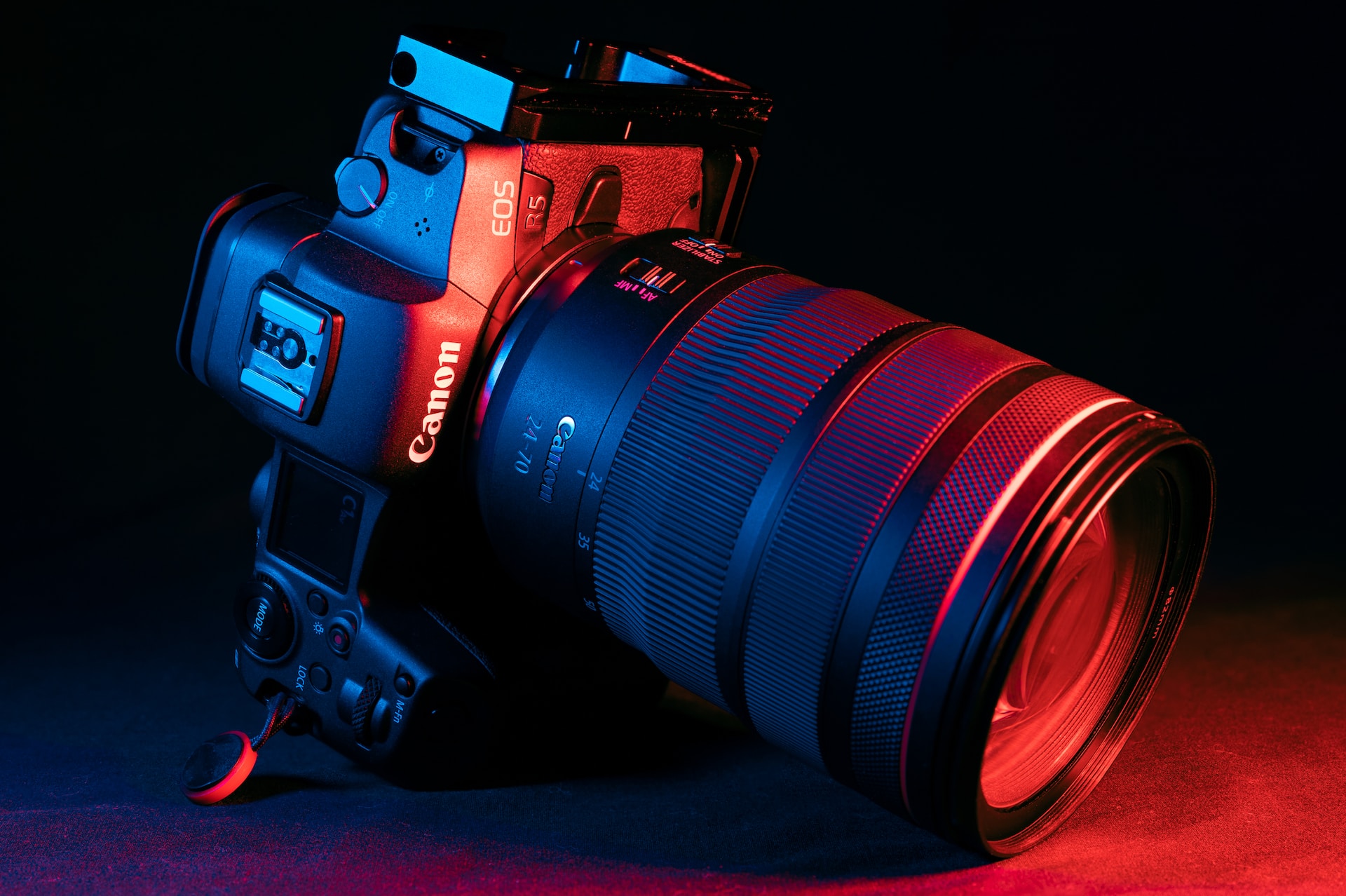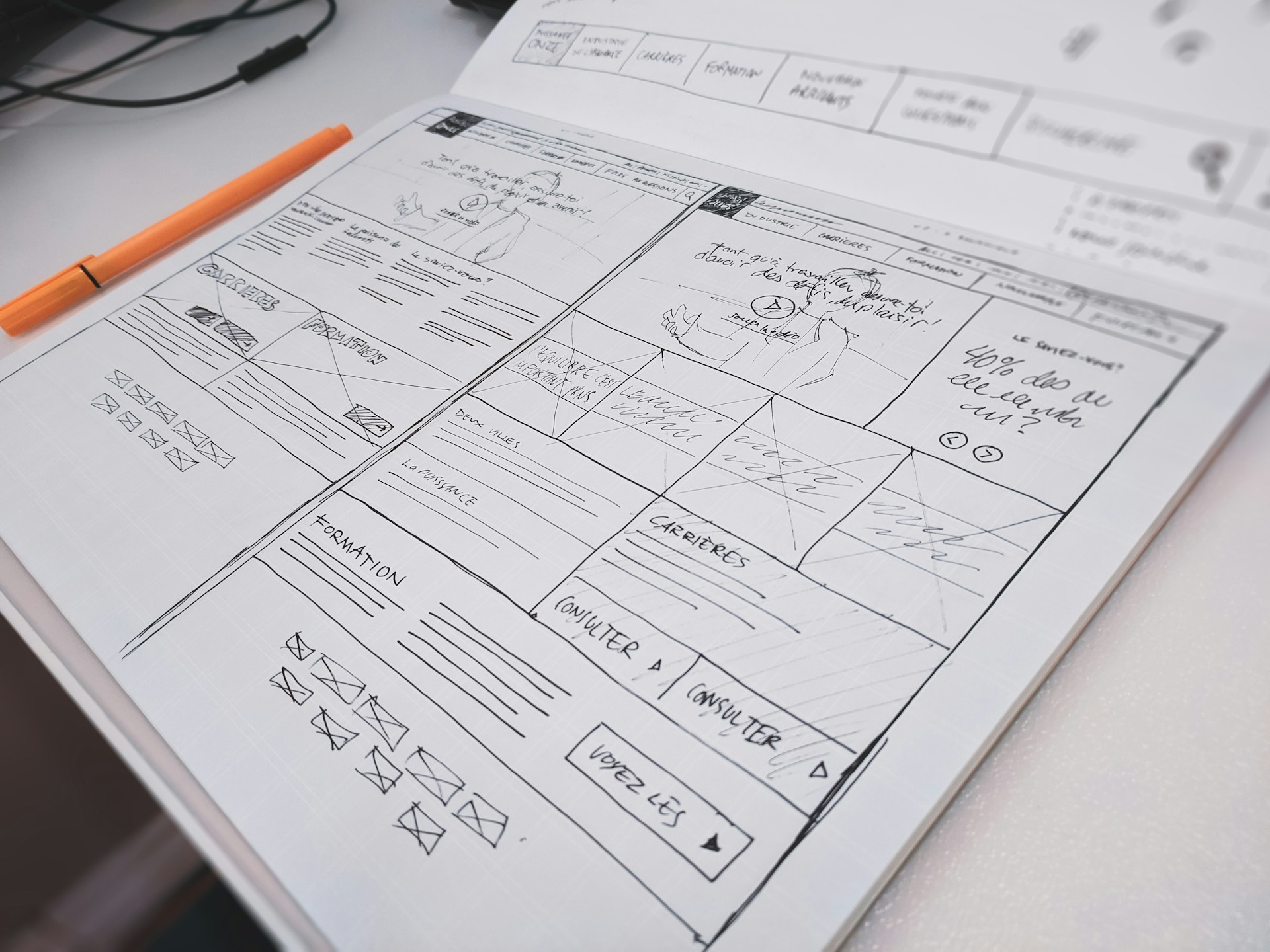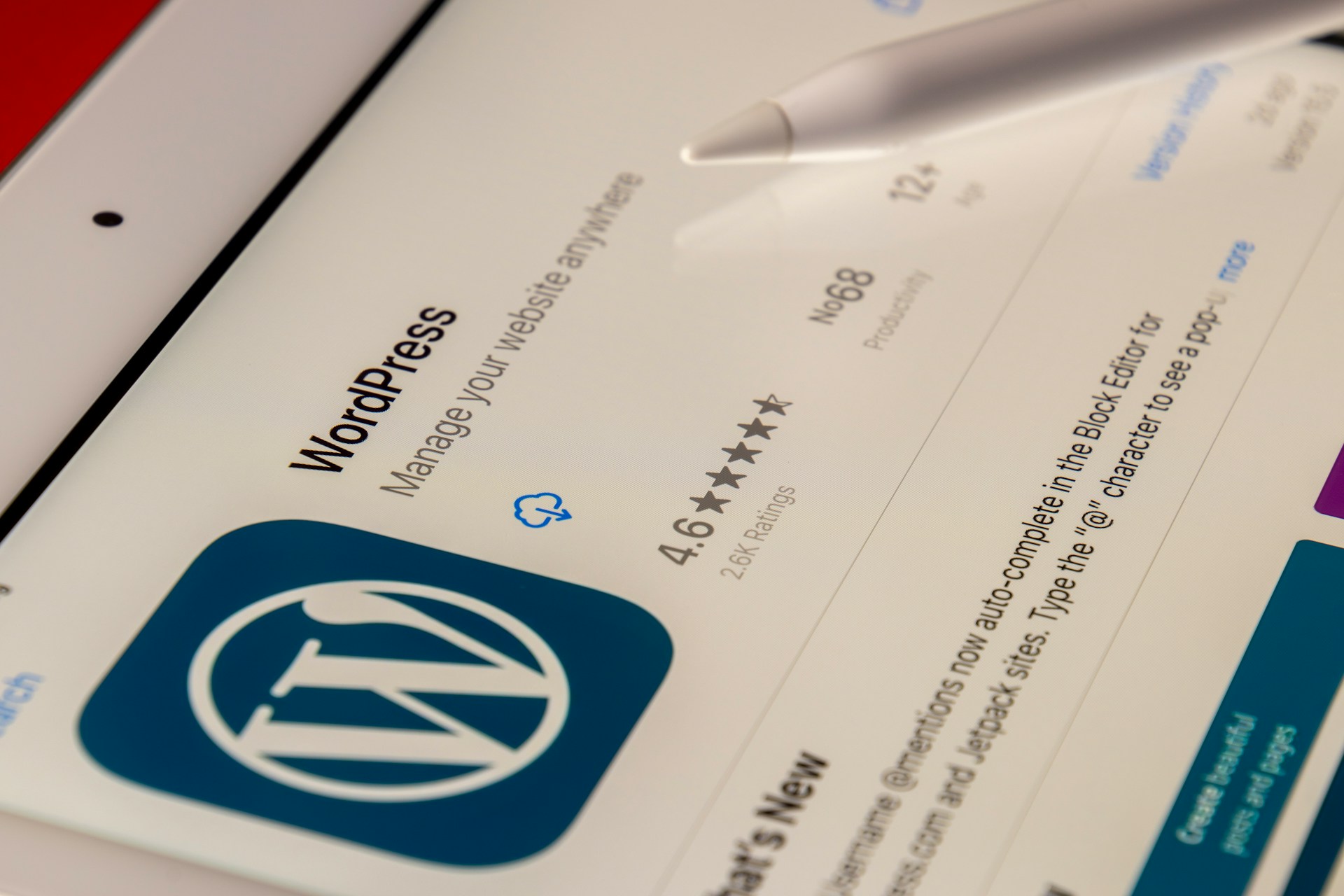The Art of Product Photography: Tips and Tricks for Showcasing Your Products
You don’t have a lot of time to make a great first impression. After all, the human brain can process images in only 13 milliseconds. It makes sense then that images are a deciding factor in whether customers stay on your website or click away. With such a short window of time in which to grab attention, it’s imperative that when you’re building an online business, you invest in imagery that catches the eye and keeps them wanting more.
Quick Links
Product photography is one of the ways you can achieve this.
If you run an eCommerce store, you know all about your products and why they’re worth investing in. But until a customer has your product in their hands, the images on your website are all they have to rely on for reference.
If you want your eCommerce site to be a success, you need to ensure you have great photos of your products. Not only will great photos catch customers’ attention, but they’ll also reinforce the fact that you’re an honest, transparent brand that tells the truth about what they’re selling.
Now that you understand the importance of professional product photography for your eCommerce store, we’re going to ensure you get the best possible product photos. This article will tell you everything you need to know to get maximum ROI from your shots.
Types Of Product Photography
Product photography isn’t all the same. Product photos come in a variety of sizes, styles and purposes. Some are used for unique special cases, whereas others are for simple, everyday use.
It’s your choice whether you want to maintain a consistent look across all photos showcased or mix and match. Regardless, it’s important to comprehend the difference between each type of product photography.
- Individual shots
The solitary shot, including only one item in the frame, is one of the most popular styles of product photography. These shots frequently showcase particular products independently from the entire collection, in banner images, product catalogs and product pages.
- Group shots
As the name indicates, group shots include more than one product collectively. Group photography, which is often used in collections and product kits, shows the breadth and variety of your products, ultimately offering the customer a fuller understanding of what you have to offer. Group photography is ideal for social media and ads as it gives insight into what your company has to offer, as opposed to just one product.
- Scale shots
A typical problem with online shopping is that it can be difficult to know the product’s true size. The size of the product may be listed in the description, but often product images can be misleading.
Scale shots can provide your buyers with a greater understanding of the product’s actual size by contrasting it with everyday items.
- Lifestyle shots
Using this kind of photography can help demonstrate how to use your products. Often involving a model, lifestyle shots give customers insight into how they may utilize your products and illustrate the history of the products.
These images grab attention and start customers on their journey. They’re ideal for social media, advertisements, emails and other visual channels, as well as for enhancing individual product images.
Suggestions For Product Photography And The Process
Now that we have a grasp of the different types of product photography, let’s get into some of the tips and tricks for actually photographing your products.
Background Setup
Finding the ideal background not only focuses the attention on the product you’re photographing but can also make post-production a lot easier.
We recommend you choose a white or light background as it assists in removing blemishes from the images, removing the background and cropping the image efficiently.
Setting up your product
Once your background is set up, it’s time for your product to have its moment to shine.
Although setting up products can appear easy, it often requires several tries to get the angle, position and light precisely right. Make sure your product is positioned in front of the background and is flat, stable, and in the middle of the background.
Lighting adjustments
When photographing products, there are two common light sources to choose from—artificial and natural light.
Lighting is an integral part of taking high-quality photos. Proper lighting may be difficult to adjust, but it makes post-production far easier and reduces editing time.
Picking the right camera
Even though it may seem obvious, picking the right camera is crucial to product photography.
As a business, you will most probably be doing frequent photoshoots, so we recommend picking up a proper DSLR camera for your product photography. A lot of people are urged to use their smartphone but it doesn’t capture minute details as well.
Tripod usage
The depth of field, which ultimately influences the sharpness of the image, is what you want to achieve to capture every aspect of your product. In order to achieve depth of field, you must set your aperture and shutter speed to a low setting.
When at low shutter speed, it’s almost impossible to hold your camera steady enough to take a clear image. That’s when tripods come in handy. Make sure your studio has at least one tripod when shooting.
Post-production
Retouching your images is an essential part of product photography as it assists in creating uniform quality, lighting and positioning. Retouching also enables color correction, the elimination of unwanted items, the adjustment of lighting, and transforms your images from mediocre to professional.
Optimize your images
Sadly, your eCommerce website’s load time will be slower the larger the images. As longer load times influence customer behavior negatively, it’s crucial that you optimize your photographs for the best quality while also taking load time into consideration.
Conclusion
You now have a toolkit of advice and resources at your disposal to work your way towards becoming a pro product photographer. It could take some trial and error to get the desired results because taking consistent high-quality shots is not something that happens immediately.
But once you get the hang of it, you’ll be able to use your product photography skills to take stunning photos and build a visually appealing brand and eCommerce website.
Why is Personalisation the Future of Web Development Services?
At present, custom web development is essential to ensure the success of a business concern. A…
0 Comments9 Minutes
Top Reasons to Hire WordPress Developers for Custom Website Solutions
Today, no business can possibly thrive in the digital realm without a strong online presence. An…
0 Comments13 Minutes
Why Link Building Remains a Key Pillar of Successful SEO
Why do some websites always pop up first on Google while others seem impossible to find? The…
0 Comments6 Minutes
Essential Features to Look for in an Enterprise AI Chatbot Platform
A prime of modern businesses and organizations in the rapidly growing digital environment is to…
0 Comments6 Minutes
Why Influencer Marketing is the Secret Weapon Your Brand Needs Right Now
Developing a solid relationship with your audience is more crucial than ever in the modern digital…
0 Comments7 Minutes
Keyword research tools for eCommerce to drive conversions
Why do some online stores seem to effortlessly attract customers while others struggle to get…
0 Comments13 Minutes
Key Trends in Local SEO: What Businesses Need to Focus on in 2025
What if your website gets lost in the digital noise? What if it fails to reach your target…
0 Comments9 Minutes
How a Restaurant Marketing Agency Can Transform Your Business
Food is the most important thing that helps a restaurant build its reputation. Apart from food, a…
0 Comments6 Minutes








